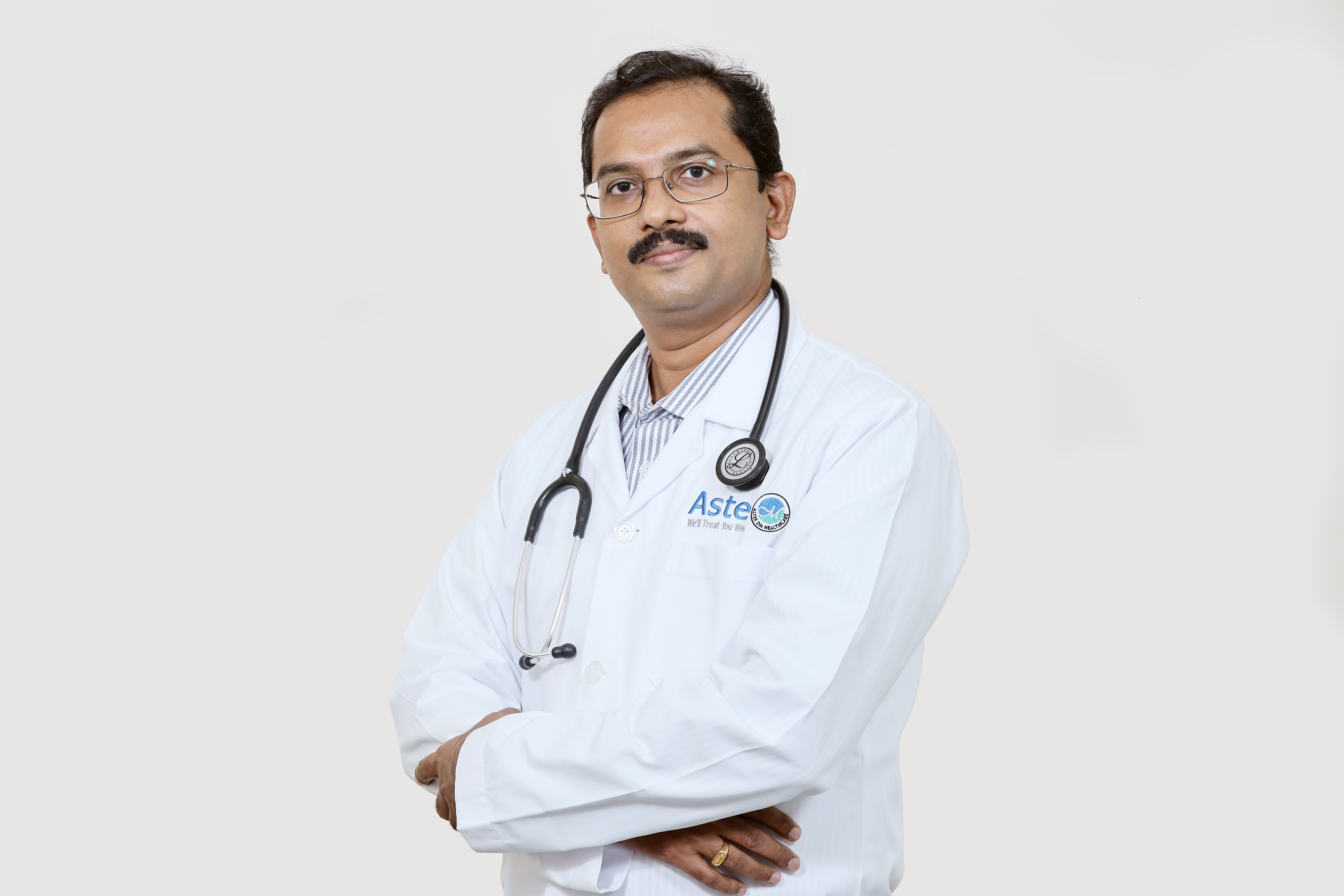Specialist – Gastroenterology

Emergency Medicine Doctors in Qatar: When to Seek Immediate Care ?
Emergencies can happen anytime, and timely medical attention can save lives. Emergency medicine doctors in Qatar are trained to provide immediate care for patients experiencing life-threatening conditions or urgent medical…











